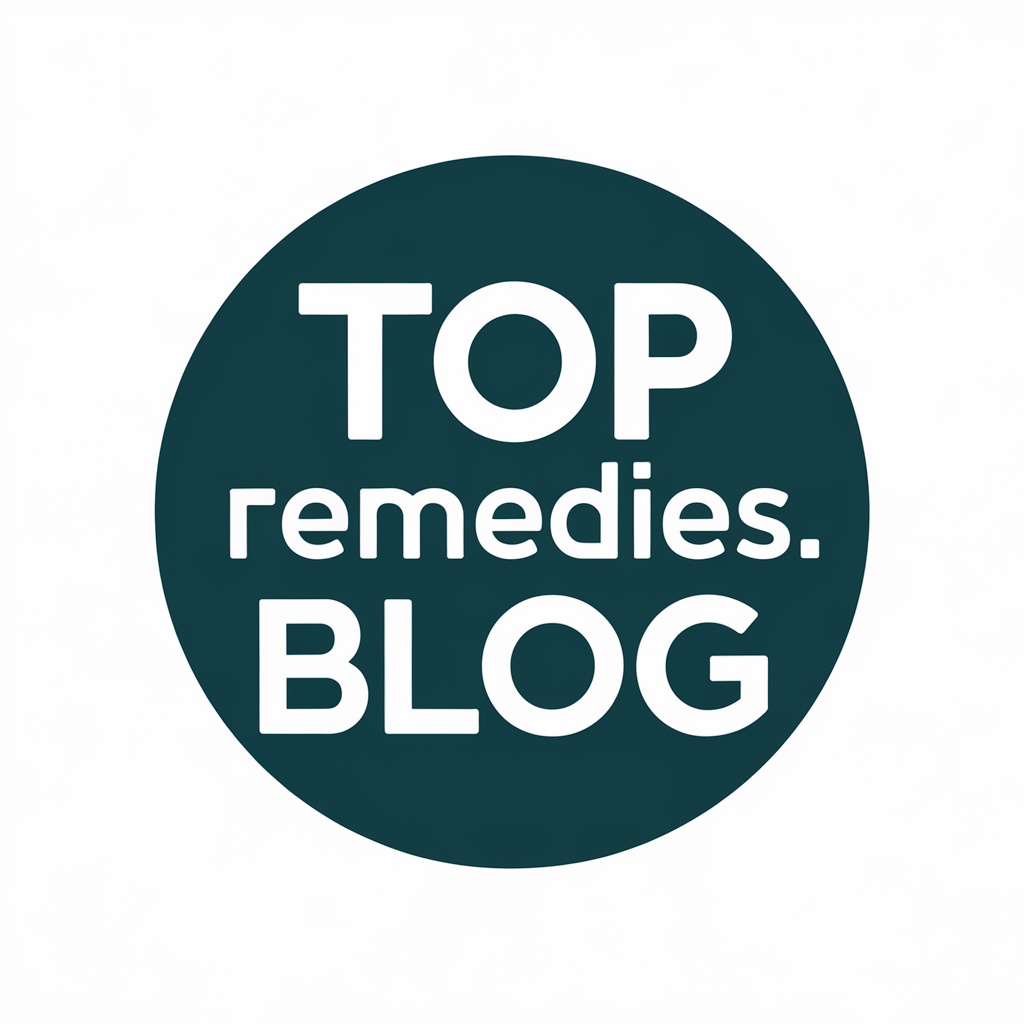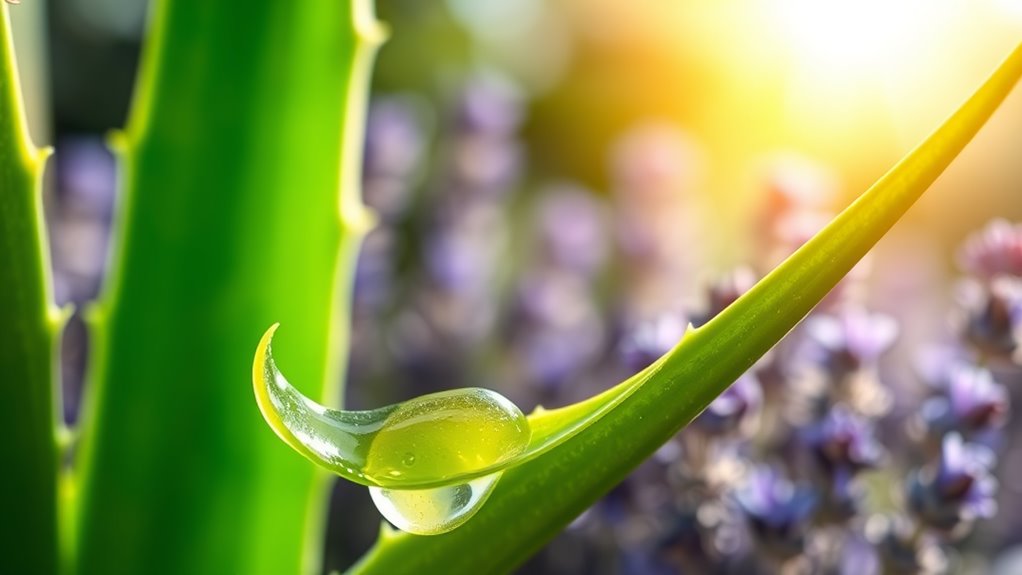The Aloe Trick That Soothed My Burn in Minutes
Aloe vera is your best friend when it comes to soothing minor burns. Its cooling properties provide instant relief, while antioxidants help with skin repair. Start by cleaning the burn with cool water, then apply fresh aloe gel generously. Allow it to absorb for maximum effect. This quick remedy not only calms the sting but also promotes healing. Want to know more tips on using aloe for faster recovery? Keep going to discover additional insights!
Understanding the Benefits of Aloe Vera
When you suffer a burn, you might be surprised to learn that aloe vera can be your skin’s best friend. This natural aloe burn remedy soothes pain, reduces inflammation, and promotes healing. Its cooling properties provide instant relief, while antioxidants support skin repair. By applying aloe vera gel, you’re giving your skin the care it needs to bounce back quickly and effectively. Aloe vera’s polysaccharides and glycoproteins also aid in skin regeneration, further enhancing the healing process.
My Experience With Minor Burns
Having endured minor burns on several occasions, I can attest to how quickly discomfort sets in and how crucial it’s to have the right remedy at hand.
Here are some common experiences you might relate to:
- The sting that takes your breath away
- Instant instinct to cool it down
- Frantic searches for relief
- Applying makeshift remedies
- Sighs of relief when it finally fades
- Using kitchen remedies like aloe vera gel can enhance the cooling effect and soothe pain almost instantly.
The Quick Aloe Trick Explained
When a burn happens, using aloe vera can provide instant relief and promote healing. This simple and effective treatment is easy to apply, making it perfect for those little accidents. Let’s explore the benefits of aloe and the quickest way to get it on your skin. Aloe vera is renowned for its remarkable healing properties for burned skin, making it an essential addition to any burn treatment regimen.
Benefits of Aloe Vera
Aloe vera stands out as a natural remedy, especially for soothing burns and promoting skin healing.
Its benefits include:
- Anti-inflammatory properties that reduce redness
- Hydration to keep skin moisturized
- Antimicrobial effects that prevent infection
- Rich vitamins and antioxidants for skin rejuvenation
- Accelerated healing process to repair damaged tissue
You’ll find these features not only soothing but also effective for overall skin health.
Quick Application Technique
To get the most out of aloe vera’s soothing properties for burns, mastering a quick and effective application technique is key.
Start by gently washing the burn area with cool water.
Next, take fresh aloe vera gel or a store-bought product, and apply it generously.
Use your fingertips to spread it evenly, ensuring full coverage for optimal relief.
Let it absorb before dressing the area.
Step-by-Step Application Process
Applying aloe vera for burns is a straightforward process that can provide soothing relief.
Follow these simple steps:
- Clean the burned area with cool water.
- Pat the skin dry gently with a clean towel.
- Cut an aloe leaf to extract fresh gel.
- Apply a generous layer of gel to the burn.
- Cover with a sterile bandage if needed.
Using aloe vera gel along with coconut oil can further enhance the soothing effect on the burn.
You’re on your way to relief!
Additional Tips for Faster Healing
While using aloe vera can significantly aid in soothing burns, there are additional steps you can take to enhance the healing process.
Keep the burn clean and covered with a nonstick bandage. Stay hydrated to promote skin regeneration, and consider taking over-the-counter pain relievers. Additionally, applying coconut oil can provide soothing relief and further promote healing.
Avoid tight clothing over the area to reduce irritation.
Lastly, eat a balanced diet rich in vitamins to support healing.
When to Seek Professional Help
How can you tell if a burn requires professional medical attention? Look for these signs:
-
The burn is larger than three inches.
-
It appears deep red or has blisters.
-
You experience severe pain or swelling.
-
It’s on your face, hands, feet, or over a major joint.
-
You notice signs of infection, like increased redness or pus.
Don’t hesitate; seek help if you’re unsure!

